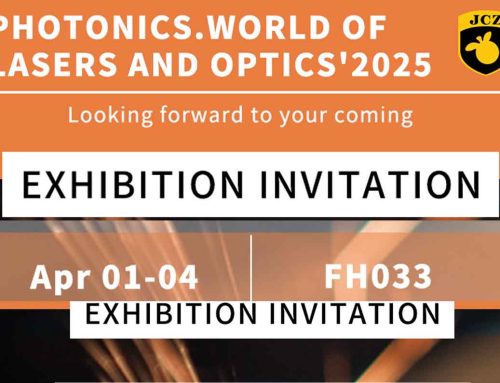The working principle of vacuum ultraviolet (VUV) lasers is similar to other types of lasers, all of which are based on the principle of stimulated emission. Below is a detailed explanation of the working principle of a VUV laser:
1. Basic Principle
A VUV laser excites atoms or molecules to a high energy state, and then releases photons through stimulated emission to form a laser beam. These photons are reflected and amplified multiple times within the laser cavity, eventually resulting in the output of high-intensity VUV laser light.
2. Specific Process
Excitation Process:
A VUV laser typically uses some form of energy, such as electrical energy or light energy, to excite the atoms or molecules in the laser medium.
After excitation, the atoms or molecules transition to a higher energy state, forming an excited state.
Stimulated Emission:
When atoms or molecules in the excited state are stimulated by external photons, stimulated emission occurs.
The photons released by stimulated emission have the same frequency, phase, and polarization as the incident photons, thus forming coherent light.
Light Amplification:
The released photons are reflected multiple times within the laser cavity, interacting with more excited atoms or molecules.
Each interaction increases the number of photons, leading to light amplification.
Output:
After multiple reflections and amplification, high-intensity VUV laser light is output to the outside through the output mirror.
3. Special Features
The special feature of VUV lasers is that they produce laser light with wavelengths in the vacuum ultraviolet spectrum. This wavelength range is easily absorbed by air, so VUV lasers typically need to be used in a vacuum. Additionally, manufacturing a VUV laser requires highly precise technology and equipment to ensure stable production of high-intensity VUV laser light.
4. Applications and Future Prospects
VUV lasers offer unique advantages in both scientific research and industrial applications. For example, in material processing, VUV lasers can achieve ultra-fine micro/nano-level processing; in spectroscopic analysis, VUV lasers can provide higher precision and resolution for spectral information. With continuous technological progress and innovation, VUV lasers are expected to break new ground and be applied in more fields.
Conclusion
In conclusion, the working principle of VUV lasers is based on stimulated emission, involving the excitation of atoms or molecules, stimulated emission, light amplification, and output to generate high-intensity VUV laser light. This technology holds great potential and unique advantages for a wide range of applications.
由用户投稿整理稿件发布,不代表本站观点及观点,进行交流学习之用,如涉及版权等问题,请随时联系我们(yangmei@bjjcz.com),我们将在第一时间给予处理。






